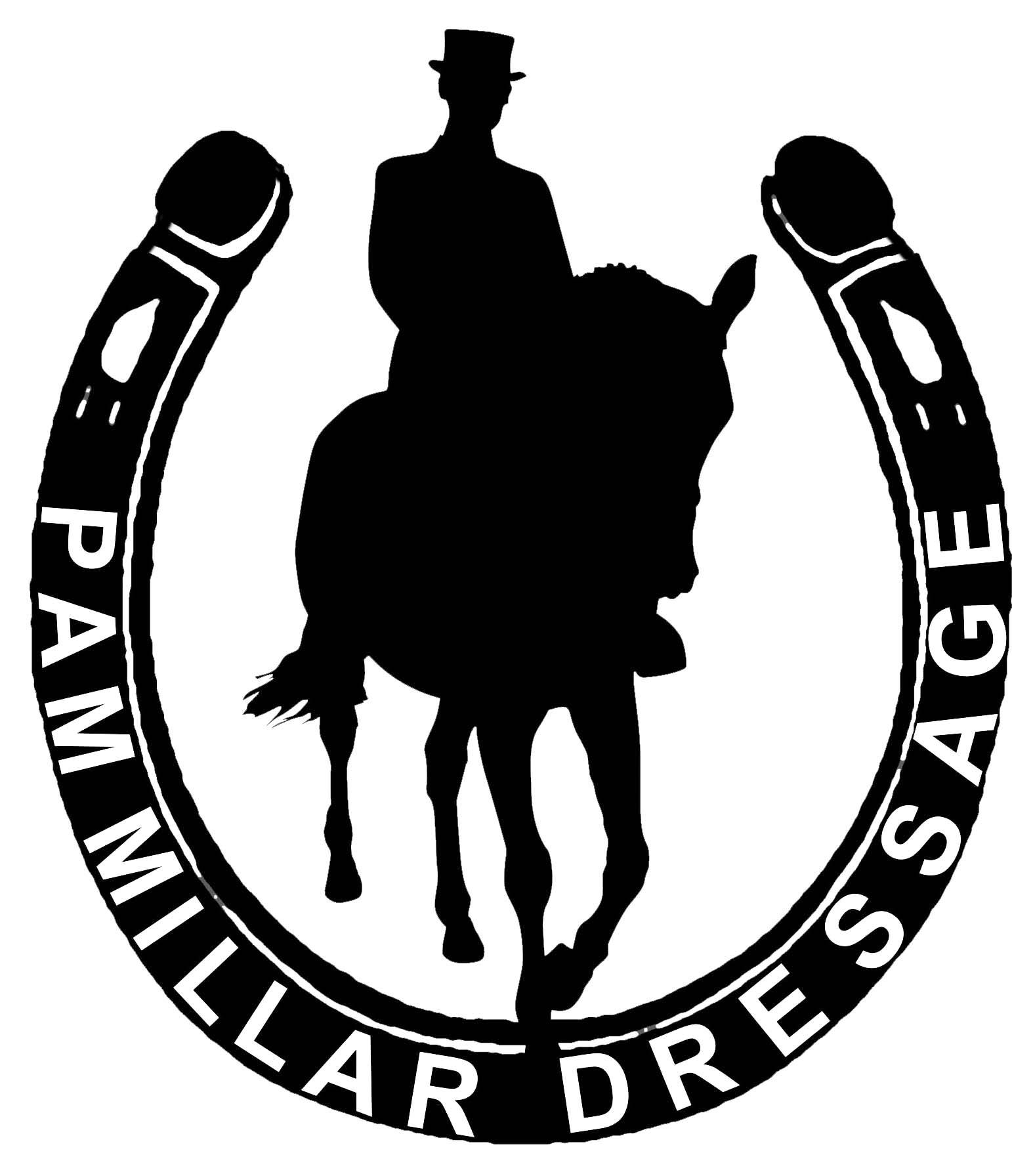
Dressage Trainer
Classical, sympathetic, personalised training
for you and your horse
Mobile: 07740 116 336
Home: 01651 872613
 |
Pam Millar
Dressage Trainer
|
Classical, sympathetic, personalised training for you and your horse
|
Contact:
Mobile: 07740 116 336 Home: 01651 872613 |
A British Dressage Accredited Trainer
Pole Work (click on "training tips" above for more)
(as printed in the Herald )
INCORPORATING ground poles into your flatwork helps you progress in several different ways. It helps your horse to become more gymnastic, balanced and coordinated as well as introducing interest and variety into his work. Specific exercises can encourage stretching over the top line, lengthening of the back, opening of the shoulders, collection, elevation and concentration.
If your horse has not been worked over poles before, walk him over single poles a few times each way to give him confidence, then do the same in trot. To develop focus, discipline and steering, particularly for a younger horse, try scattering the poles around your schooling area and choose different routes over the poles, while trying to maintain the stretch and elasticity between them.
Progress to three poles placed evenly in a straight line and spaced approximately four foot apart. If working in an arena, place them inside the track around the middle of the long side, so that a straight line can be ridden before and after the poles. Take your horse over them in a good, steady trot, aiming for the middle and looking straight ahead of you. He should keep a good rhythm, step neatly over the poles, looking down and stretching over his back. You should maintain a light seat and hand contact and support him through them with your lower legs, riding in a steady, forward but not hurried rhythm.
Once he is confident with this basic exercise, you can start making variations that help him to develop appropriately. If you want to work towards lengthening his paces, then gradually widen the distance between the poles so he has to stretch a little with each step. If you are working towards collecting him, then move the poles closer together and maintain the activity through the line. If you are trying to develop more elevation, then you can raise the ends of the poles so he must lift his feet higher. You can do this by using either pole ‘pods’ or adaptable blocks, either on alternate ends or both ends of the poles. You can add one or two more poles but don’t go overboard!
You can also use ground poles for canter work, typically starting with the poles about ten feet apart.
It is easiest to work with someone on the ground for these exercises as they can replace the poles if any get knocked out of place and move them out or in as required. Once you have checked the measurements with a tape measure, you can convert the measured distance into your own foot size, so you can measure the distance with your feet in future.
If you are working on your own, you can place the poles in a fan shape so you can encourage longer or shorter strides by riding nearer the middle or the edge of the fan without having to move them. Poles set out in a fan shape are also useful when lunging your horse - you can really watch how your horse is moving.
So
pole work can help add variety to your horse’s schooling and help him develop
both physically and mentally as well as being a stepping-stone towards advancing
him in any desired discipline.